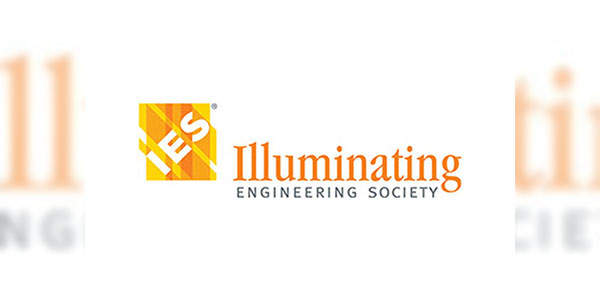NEW YORK, NY – The Illuminating Engineering Society (IES) and the International Well Building Institute (IWBI) are pleased to announce a memorandum of understanding enabling future collaboration to improve the quality of our indoor environments through improved lighting design.
The lighting community has a heightened focus on non-energy related benefits of light. Americans spend most of their time indoors yet our buildings often fail to realize the role that quality lighting systems have on our visual, mental and biological health. Both organizations share a desire to transform our buildings and communities into spaces that enhance health and wellness.
The IES and IWBI have agreed to promote and support future joint programs, guidelines and metrics by means of input from technical experts, and development of appropriate IES standards and procedures. Potential research projects and increased participation in committee activities are anticipated.
In 1906 the IES was founded with the purpose of bringing together those with lighting knowledge to develop standards, promote research and to develop educational materials to advance the art, science and practice of lighting design and engineering. The strength of the IES is its diversified membership including engineers, architects, designers, educators, students, contractors, distributors, utility personnel, manufactures and scientists in 64 countries. The IES is a 501 (c) (3) non-profit professional society writing the American National Standards (ANSI) for lighting.
The IWBI delivers the WELL Building Standard, the global rating system that is focused on the ways that buildings can improve comfort, drive better choices, and enhance health and wellness. IWBI mobilizes the global wellness community through management of the WELL AP credential, the pursuit of applicable research, the development of educational resources, and advocacy for policies that promote health and wellness everywhere. Both parties seek to advance the knowledge and improve the quality of lighting through this collaboration.



